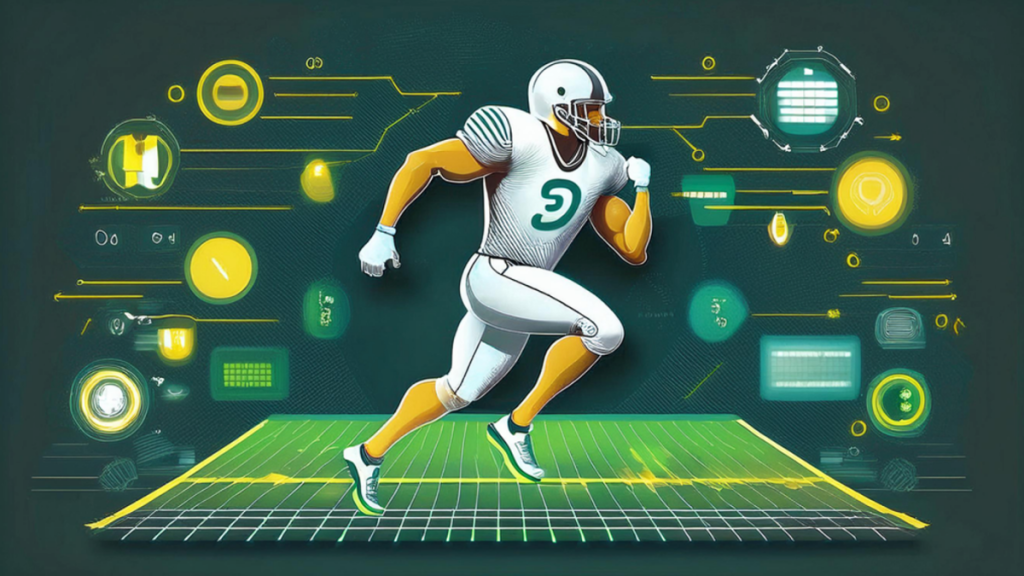Technology has transformed how fans experience sports, making it more interactive, accessible, and engaging than ever before. From live-streaming to virtual reality (VR), these innovations bring fans closer to the action, regardless of their physical location. This shift has not only increased sports accessibility but has also opened new avenues for fan interaction, ultimately reshaping the sports industry.
Social Media and Real-Time Interaction
Contents
Social media platforms like X (formerly Twitter), Instagram, and TikTok allow fans to follow games, engage in discussions, and connect with other fans in real-time. Hashtags, trending topics, and sports influencers have created online communities where fans can discuss live games, share opinions, and even interact directly with athletes. Many teams also use social media to engage with fans by sharing behind-the-scenes content, player interviews, and live updates during games. These efforts make fans feel like they’re part of the action and can lead to increased loyalty and a stronger connection to their favorite teams.
Streaming and On-Demand Viewing Options
The shift from traditional cable to streaming services has given fans more control over how they consume sports content. Platforms like ESPN+, DAZN, and Peacock provide live games, highlights, and replays, giving fans the flexibility to watch on their own schedules. This shift accommodates fans who may not be able to watch games live and keeps them engaged by offering personalized recommendations, interactive viewing options, and high-quality visuals, even on mobile devices. For example, fans can watch multiple games simultaneously, access instant replays, and switch between camera angles on platforms like Amazon Prime Video during Thursday Night Football, which enhances the viewing experience and makes it more immersive.
Enhanced In-Stadium Experiences
Technology has improved in-stadium experiences, making games more immersive and interactive. Many stadiums now offer augmented reality (AR) apps that display player stats when a fan points their phone at the field, enhancing their understanding of the game in real time. Additionally, mobile apps allow fans to order food, find the nearest restroom, or locate merchandise stands, all from their seats. The use of facial recognition and contactless payments has also streamlined stadium entry and purchases, making the experience smoother and more enjoyable.
Fantasy Sports and Sports Betting
Fantasy sports and sportsbook software have further increased fan engagement by making them active participants in the game. Platforms like DraftKings, FanDuel, and BetMGM allow fans to bet on player performance, game outcomes, and even specific in-game moments. This participation not only enhances engagement but also makes fans more invested in every play, pass, and score. For example, a fan might watch a game more intently if they have a player on their fantasy roster or a bet on a specific outcome. The rise of micro-betting on the best online sportsbooks, enabling wagers on in-play events, has particularly increased real-time engagement, transforming how fans watch and interact with live games.
Virtual Reality (VR) and Augmented Reality (AR)
Virtual and augmented reality technologies are taking fan engagement to new levels. VR broadcasts give fans a front-row experience from the comfort of their homes, allowing them to feel like they’re in the stadium. Companies like NextVR and Oculus have been experimenting with VR sports experiences that offer 360-degree views of live games. Meanwhile, AR is being used in apps that superimpose stats and other information onto a live game, enriching the viewing experience. These immersive technologies offer a more interactive and personalized experience, attracting younger audiences and enhancing engagement.
Data Analytics and Personalized Content
Sports organizations are leveraging data analytics to understand fan preferences and deliver personalized content. For instance, teams analyze social media engagement, app usage, and viewing habits to tailor content for different segments of their fan base. This data-driven approach enables them to offer fans personalized game highlights, news, and merchandise recommendations. Additionally, some sports apps now use AI to create highlight reels based on a fan’s favorite players or moments, making it easy for fans to stay connected with their teams and players, even if they can’t watch the full game.
Mobile Apps and Instant Notifications
Mobile apps from teams, leagues, and sports networks have become essential tools for fan engagement. These apps send instant notifications about game updates, player news, and exclusive content, keeping fans connected 24/7. For example, fans can receive play-by-play updates, injury reports, and score alerts in real-time, which enhances their connection to the game. Many apps also offer live streaming, ticket purchasing, and interactive features, making them a one-stop shop for fans looking to engage with their favorite sports.


